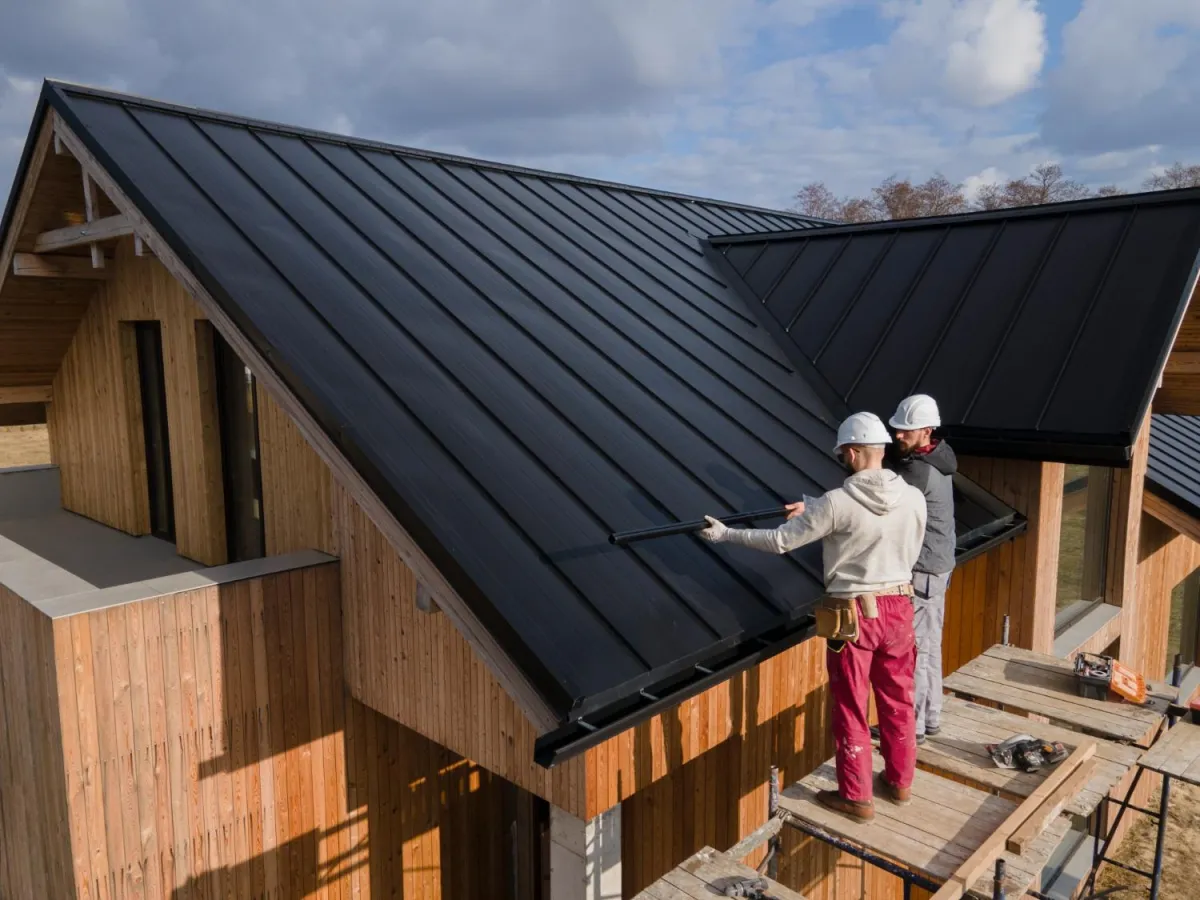How to Measure a Roof for Shingles: Expert Advice and Insights

Getting accurate roof measurements is important for any shingle replacement project. A reliable roofing contractor will tell you that proper measuring saves time, money, and prevents material waste. This guide walks you through the steps to measure your roof correctly. You'll learn about roof basics, how to calculate square footage, and how to handle slopes and overhangs. These tips help homeowners and contractors get the right amount of shingles for their projects.
Understanding Roof Measurement Fundamentals
Learning the basics of roof measurement is the first step before calculating the number of shingles needed. Start by looking at different parts of your roof, like gables, hips, and valleys. Learn key terms such as ridges (the top peak), eaves (the bottom edge), and valleys (where two roof sections meet). These areas are important for getting correct measurements. Pay close attention when measuring slopes and angles because small mistakes can result in wasted materials or leave you short on shingles. Getting familiar with these basic concepts makes the measuring process much easier and more accurate.
Calculating Roof Square Footage
Finding your roof's square footage is the most important part of measuring for shingles. Draw your roof shape on graph paper and break it into simple shapes like rectangles and triangles. Measure the length and width of each section carefully. For rectangles, multiply the length by the width. For triangles, multiply base times height, then divide by two. Add up all the areas from each section to get your total roof square footage. Don't forget to include dormers, chimneys, and other roof features in your measurements. Accurate measurements help you buy the right amount of shingles.
Factoring in Roof Pitch and Slope
The angle of your roof affects how many shingles you need. Keep these points in mind when dealing with roof angles:
Steeper Roofs: Higher angles mean more surface area and more shingles needed
Pitch Ratio: The pitch shows how steep your roof is and changes shingle amounts
Extra Materials: Steep roofs need extra shingles for cutting and fitting
Math Adjustments: Change your calculations based on the roof angle for better accuracy
Understanding your roof's angle helps you estimate shingle needs correctly and avoid running short during installation.
Accounting for Roof Overhangs
Include roof overhangs in your measurements to ensure you have the right amount of materials. Overhangs are the parts of the roof that project beyond the walls. They protect your home and look good, too. To measure overhangs, find the length of each one. Multiply this length by the roof width to get extra square footage. Add this to your main roof area to make sure you have enough shingles. Forgetting about overhangs means you might not buy enough materials, which can lead to delays and extra costs. Including these areas in your measurements helps your project go smoothly.
Tips for Precise Roof Measurement
Use these simple tips to get accurate measurements for your roofing project:
Start from a Corner: Begin measuring from one corner and work your way around the roof systematically
Use Digital Tools: Try satellite imagery or roofing apps on your phone for better accuracy
Double-Check Measurements: Take measurements twice to catch any mistakes
Include Slope and Pitch: Remember to adjust for roof angles when calculating total surface area
Related Topics:
Our Team

John Doe

John Doe

John Doe

John Doe
Office:
North Carolina
Call:
(704) 769-2468
Email:



